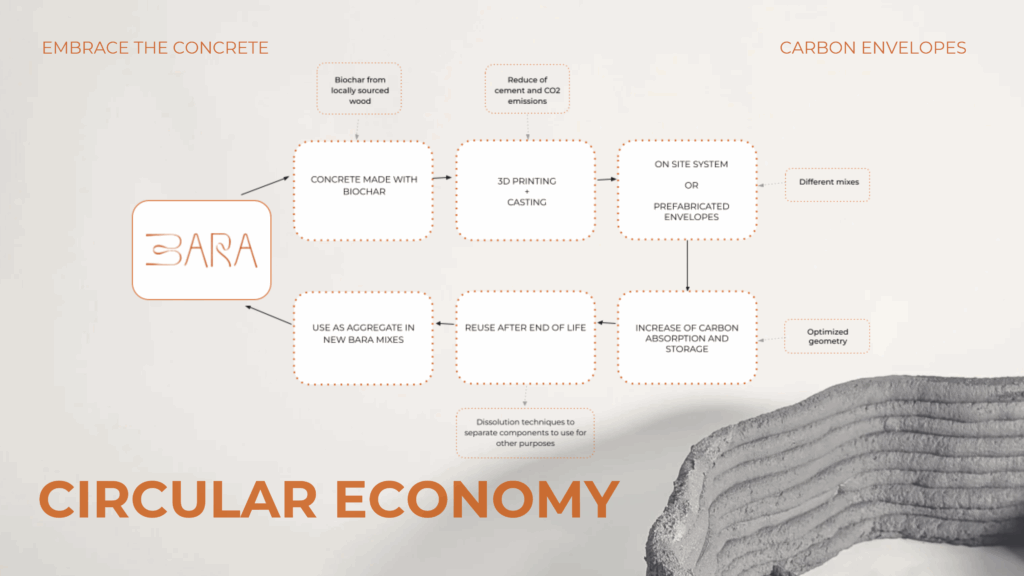Carbon Envelopes
Toward Carbon-Sequestering Architectural Systems through Biochar-Concrete and Hybrid Fabrication
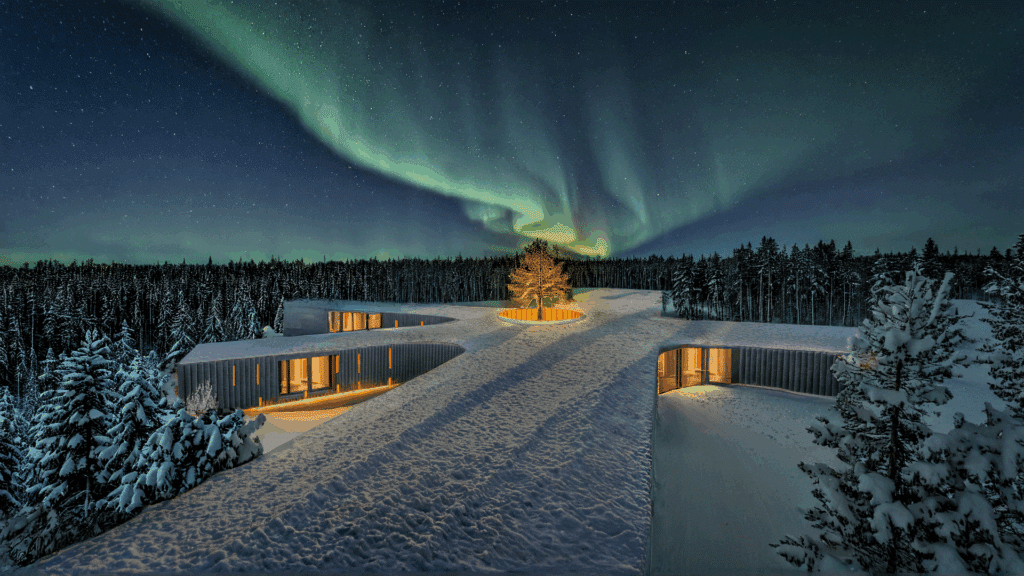
The construction industry is one of the biggest contributors to climate change.We’re facing a paradox: The materials we use and how the construction industry works today are destroying our chance of having a future. Besides the emissions, there are other problems that we need to face:
We still rely on standardized design, which often ignores local conditions and material behavior.
We still overdesign structures, using more concrete and steel than needed. And we still use formwork that’s designed to be thrown away.
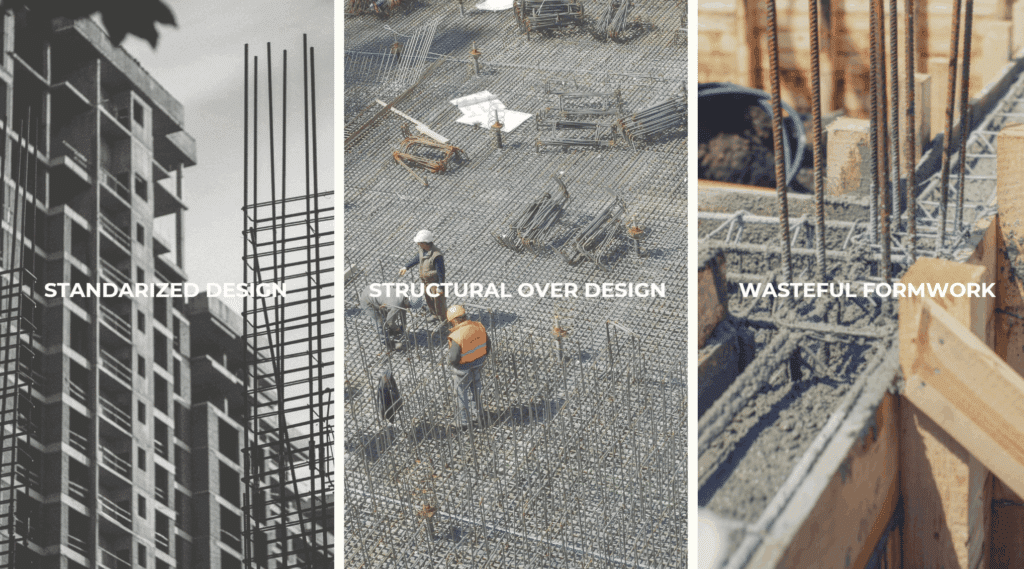
When we look at current advanced manufacturing techniques like 3D concrete printing, we also find those limitations.
The printed geometries are still not well optimized, the process remains costly, and it continues to rely on harmful, traditional construction materials. As a result, it does not significantly reduce carbon emissions. What if buildings could store carbon instead of emitting it?
Our solution is to combine the properties of biochar, which is a strong carbon sink, carbon sequestering material, that is gaining a lot of attraction in the recent years. It gives the possibility and the opportunity to start decarbonizing the concrete manufacturing.
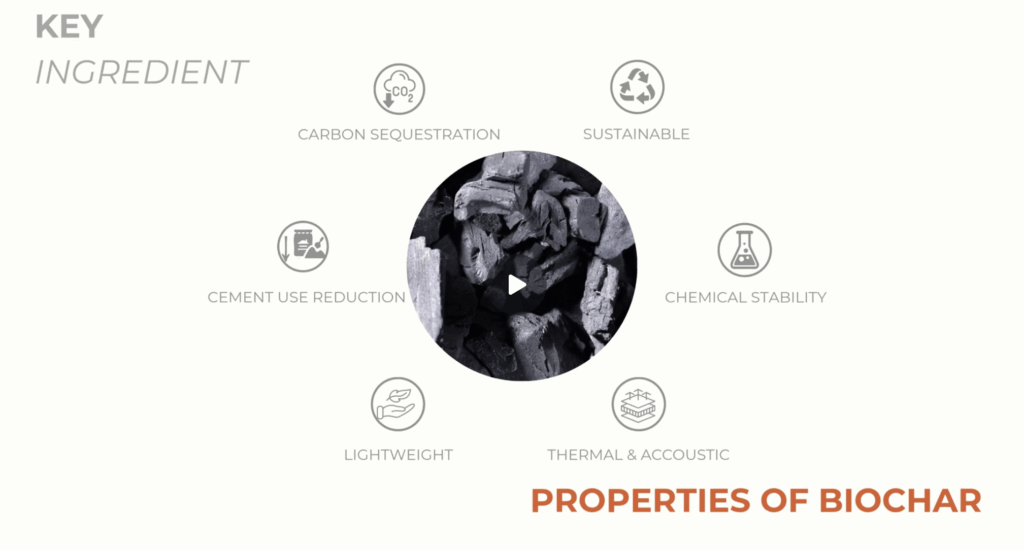
Instead of releasing carbon, biochar stores it for hundreds of years—and when embedded in concrete, it transforms the material from climate liability to climate strategy.
each kilogram of biochar can store up to 3.3 kg of CO₂.
Just one gram of biochar has up to 3,000 square meters of surface area, thanks to its porous microstructure—making it a versatile ingredient.
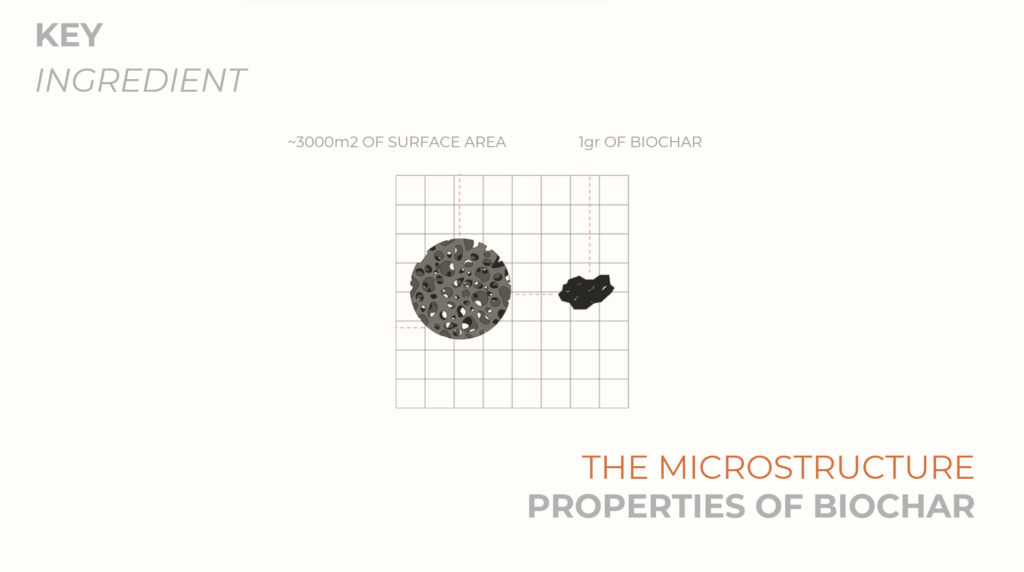
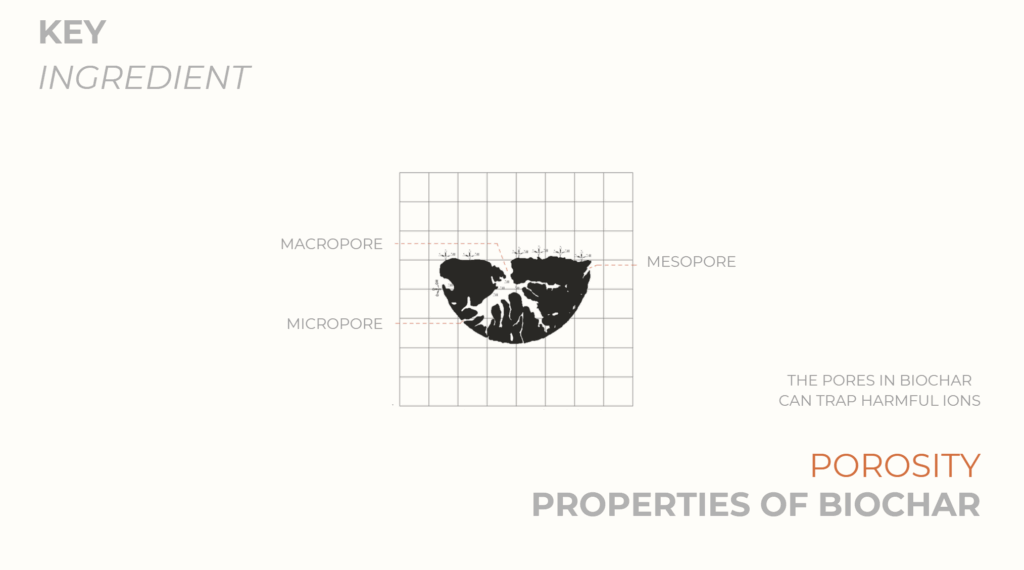
As part of our material development strategy, we took our first steps toward decarbonization.This involves replacing a percentage of traditional cement with alternative materials: biochar, silica fume, and sand. Each of these ingredients enhance different properties of the mix while helping us lower the environmental footprint of cement production.
Our architectural system combines a low-carbon 3D-printed formwork with two concrete infills:
A high-performance, carbon-neutral mix for strength,
and a carbon-sequestering, low-performance mix with large amounts of biochar to maximize impact.
by 3d printing, we don’t waste formwork, we optimize material usage, we construct faster and with design flexibility.
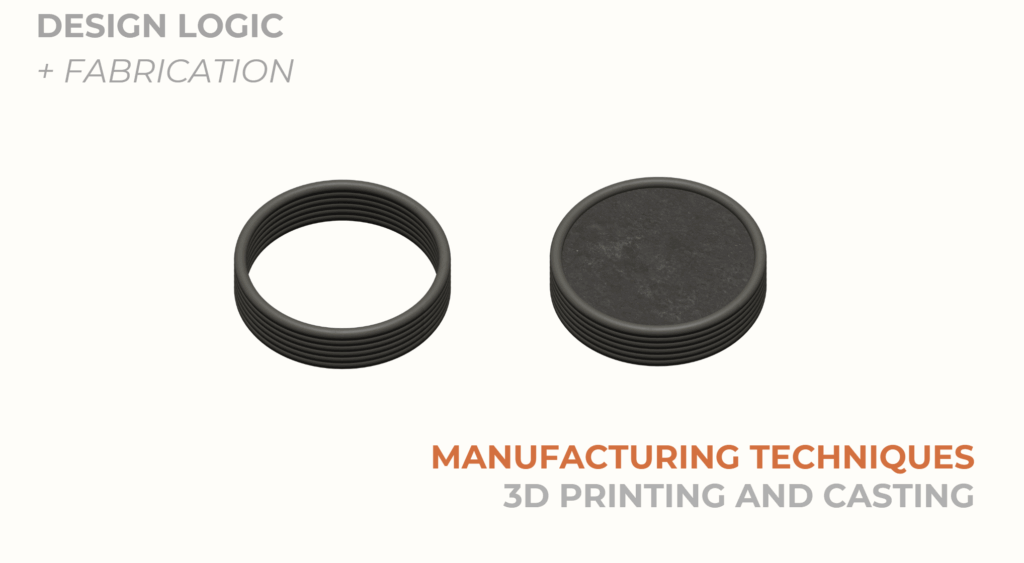
BARA’s design is focused on decarbonization, and we do it in two ways:
Storage and Capture.
We increase surface area to enhance carbon capture over time,
and optimize internal pockets and casting mixtures to improve carbon storage.
We developed our own extruder, giving us valuable insight into the printability of our material and enabling us to explore optimized methods for 3D printing BARA.
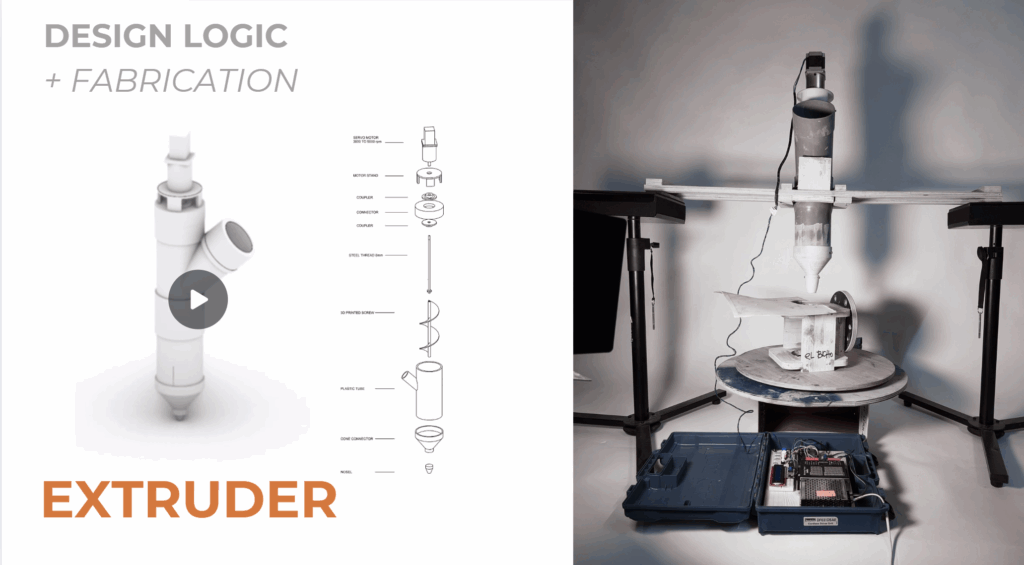
These are the main phases of our print tests, manual printing, rotating table and lift and with the robotic arm:
We tested different amounts of water, motor speed and path speed achieving knowledge about printability. We conduct casting tests after printing.and after the tests we reached a system that works.
3d print formwork with two different casting mix:
a 3D-printed concrete wall system that integrates vertical reinforcement rods every 10 layers, structural rebars within the column cavity, and two types of cast concrete mixes—one with higher biochar content for insulation and carbon storage, and one with lower biochar for structural strength.
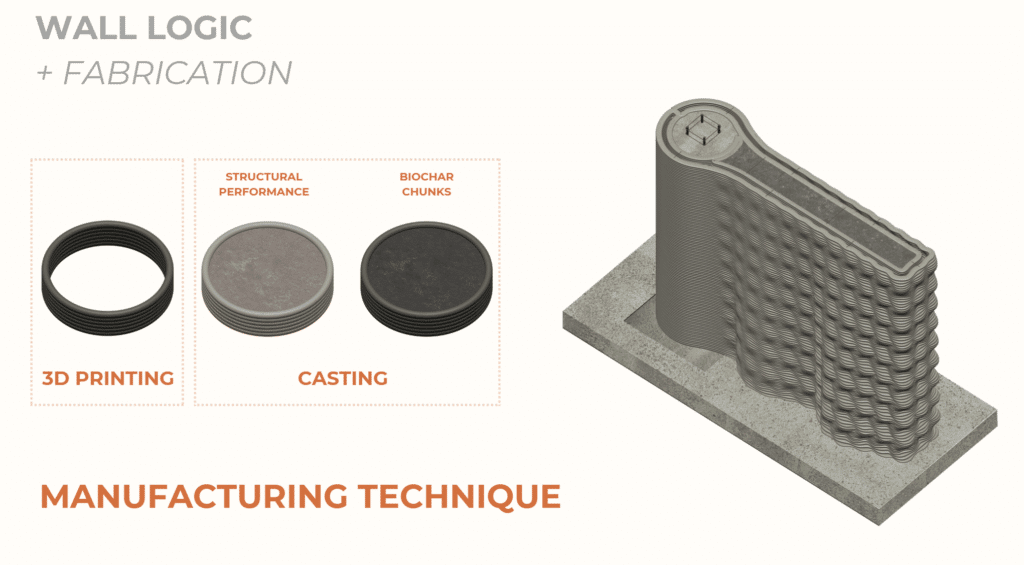
We offer both an on-site construction system and pre-fabricated tiles—ideal for facades and interior spaces.
This flexibility allows faster builds, lower emissions, and greater design freedom.
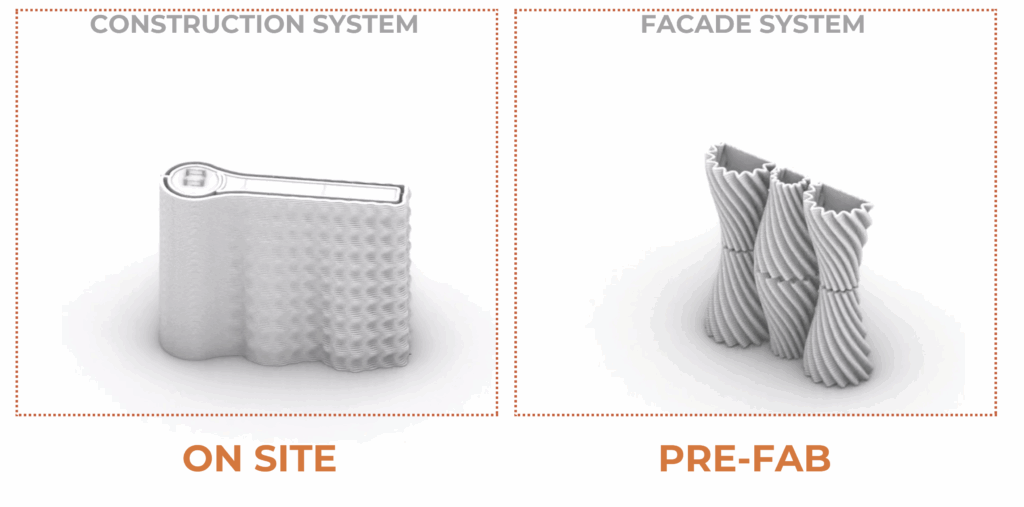
CASES OF STUDY
Pyrolysis Plant
The Pyrolysis Plant case study demonstrates a regionally integrated, closed-loop approach to carbon-negative construction
using the BARA system. hardwood species native to colder northern climates accumulate greater carbon content due to slower growth cycles and extended carbon fixation periods.
These hardwoods, when processed via pyrolysis, generate biochar with higher negative embodied carbon compared to softwood species.
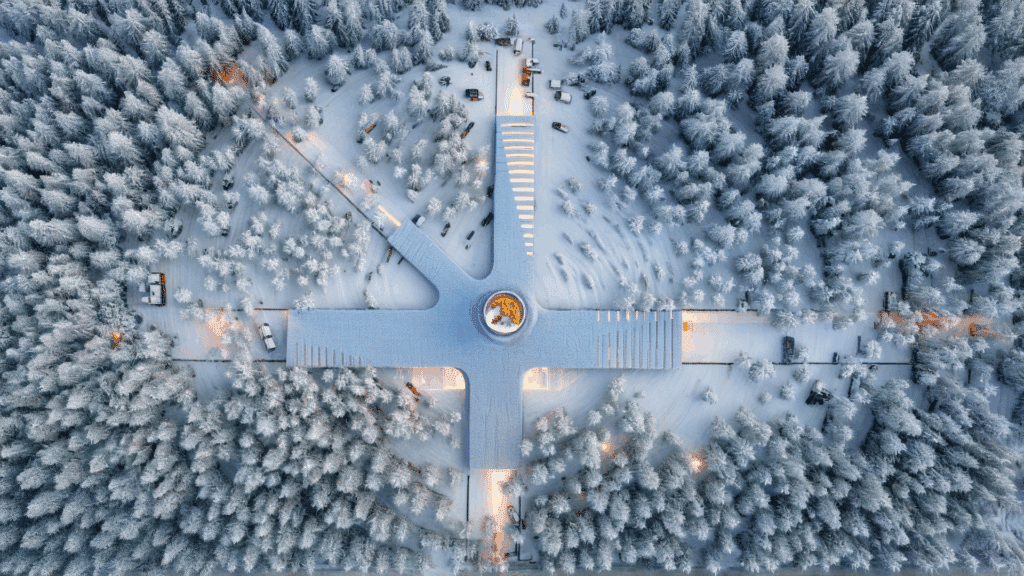
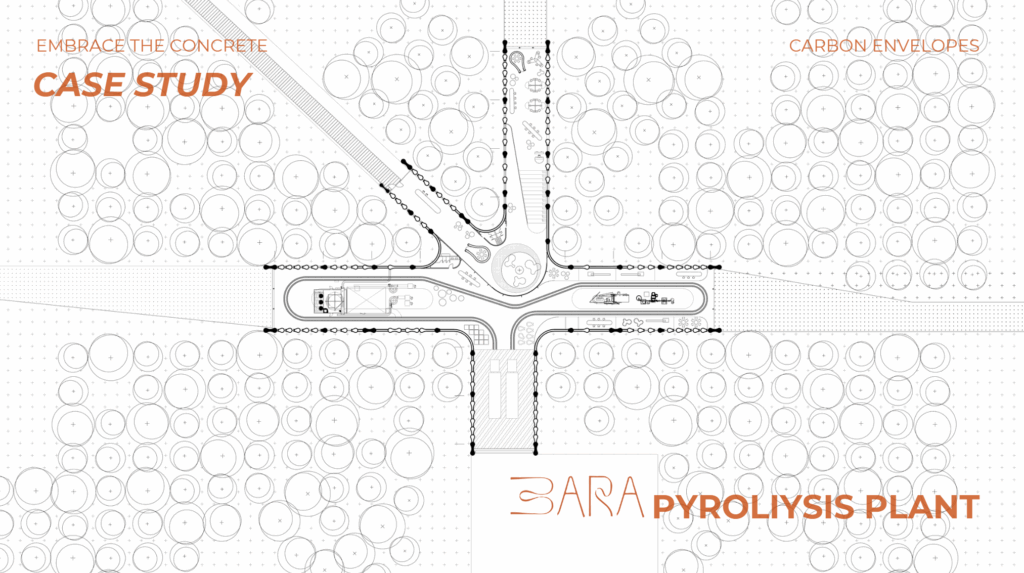
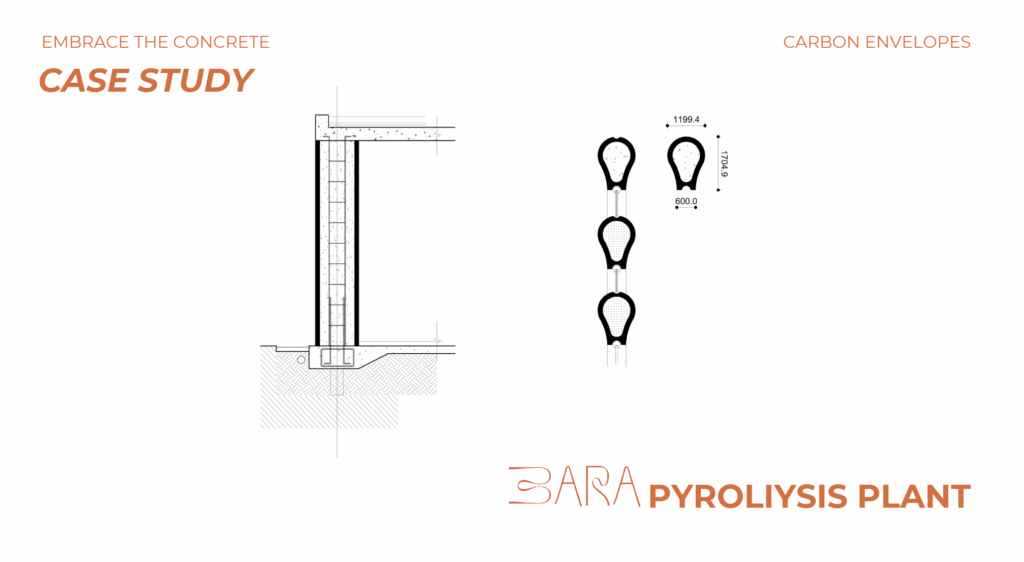
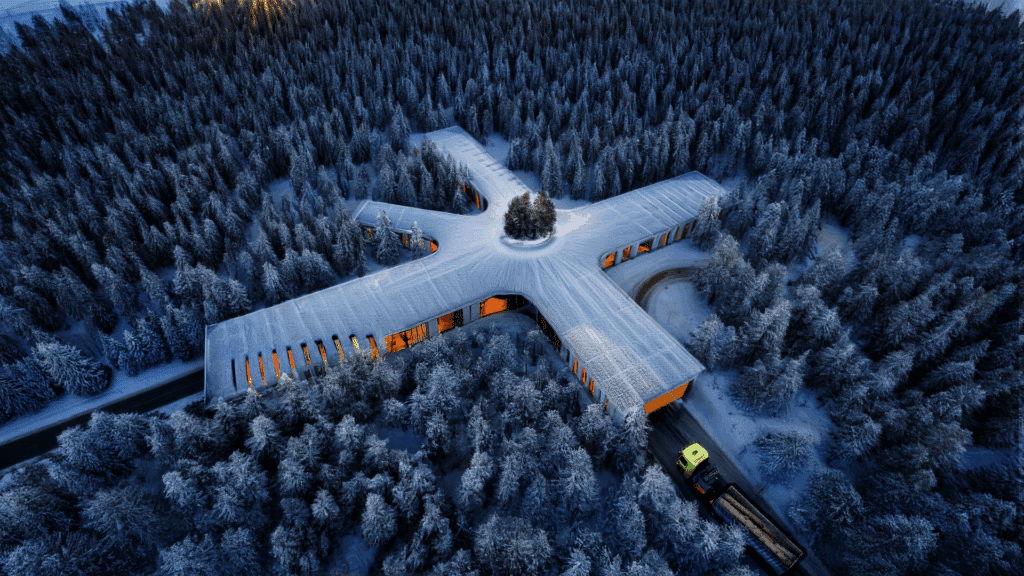
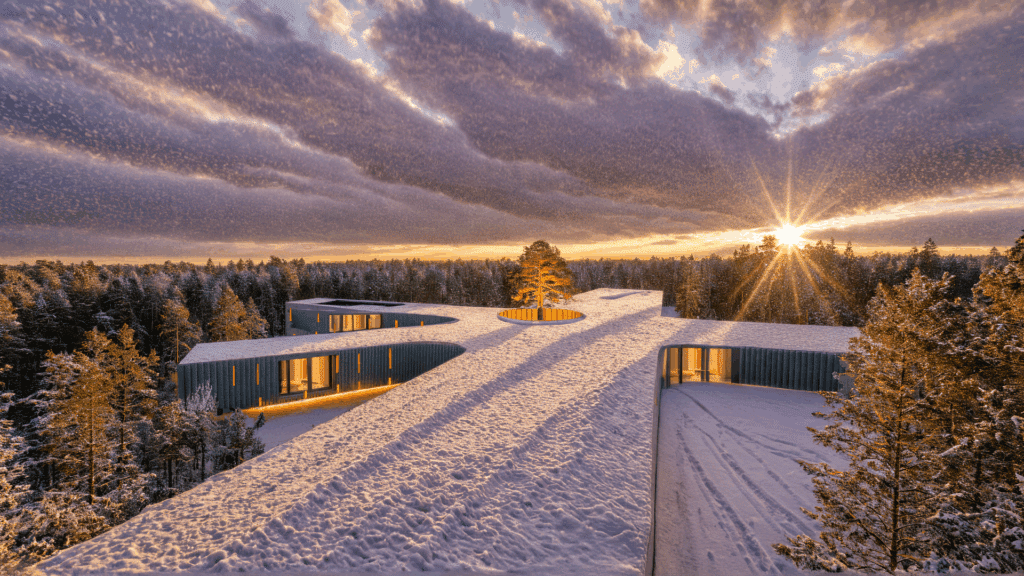
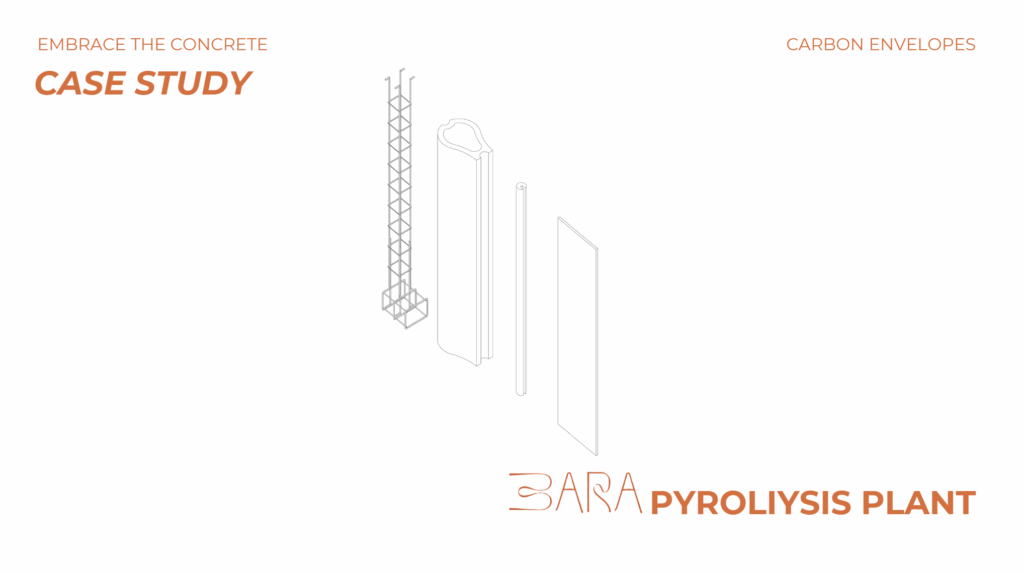
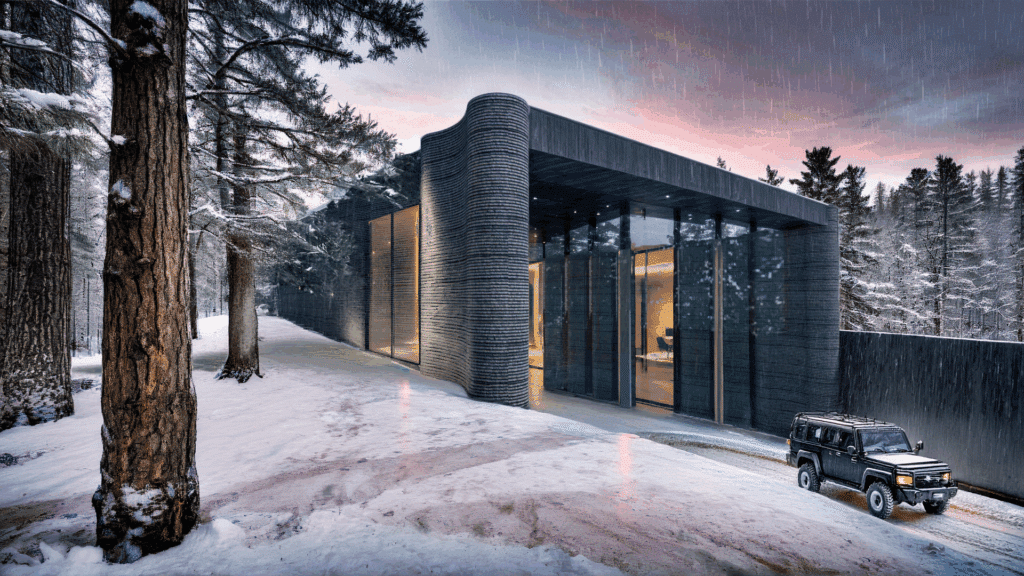
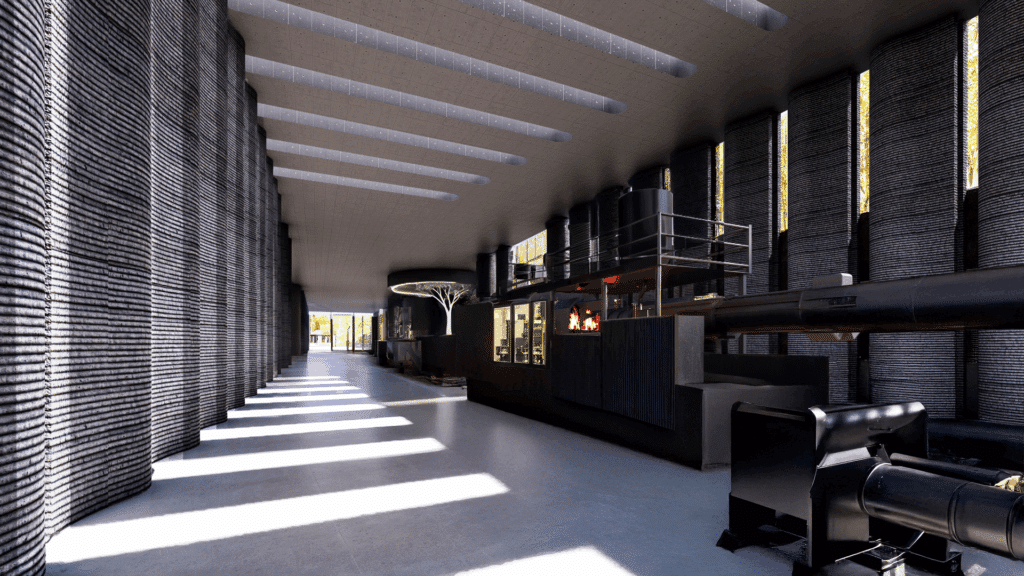
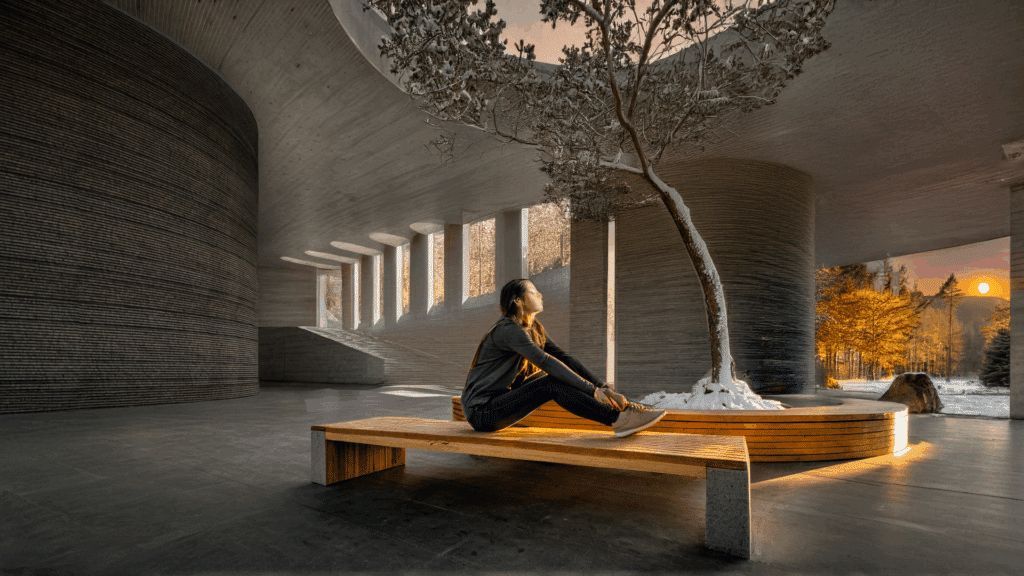
Commercial Store
The BARA façade tiles are designed to integrate multiple environmental and formal functions, within a single modular logic. Each tile incorporates surface geometry optimized for carbonation, self-shading for passive thermal regulation, and internal cavities that increase both biochar volume and insulating potential.
The system allows for two levels of deployment:
Custom parametric tiles, adapted to specific design intentions and project needs;
A selection of standardized modules, which clients can order and assemble easily on site.
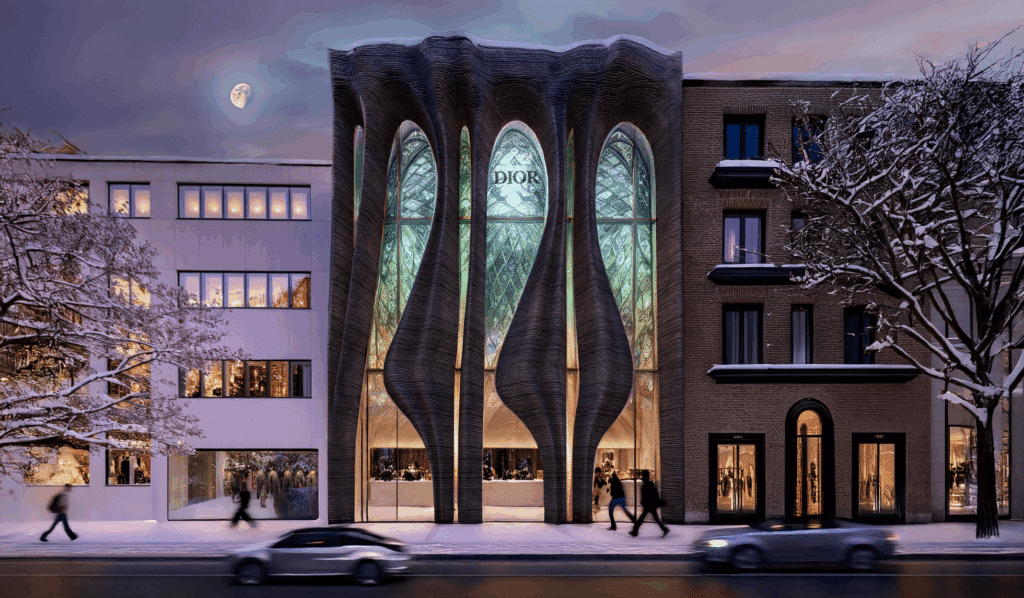
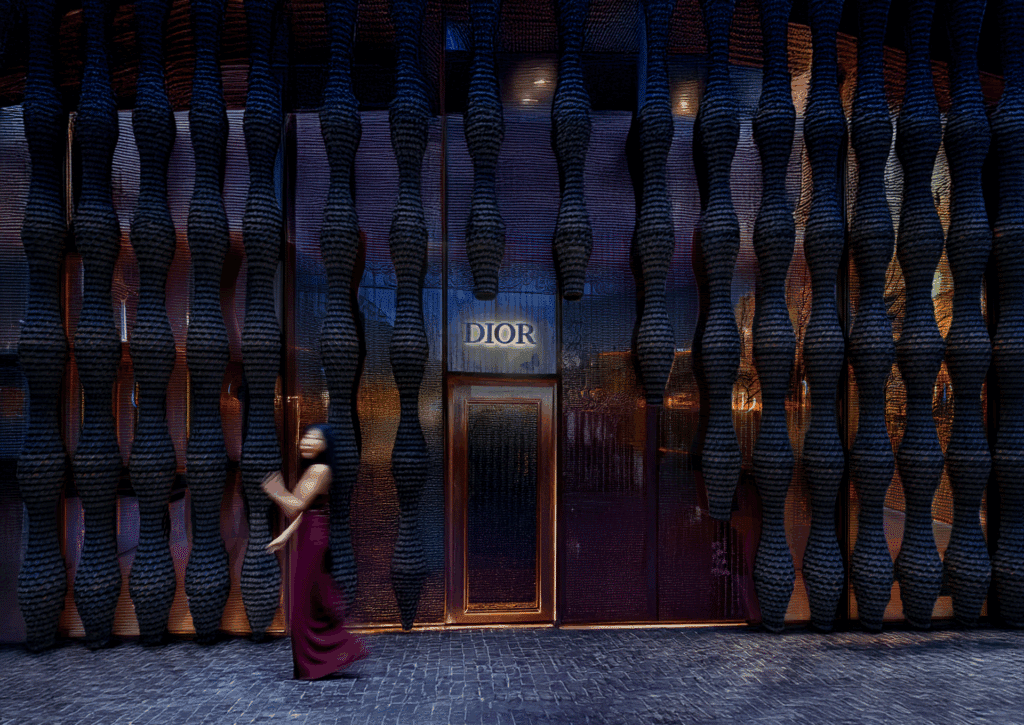
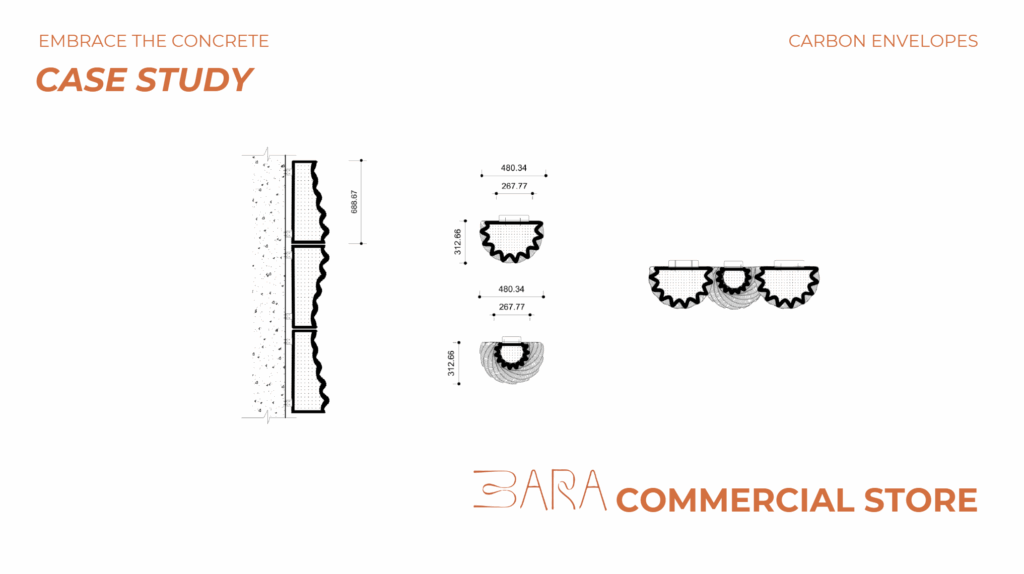
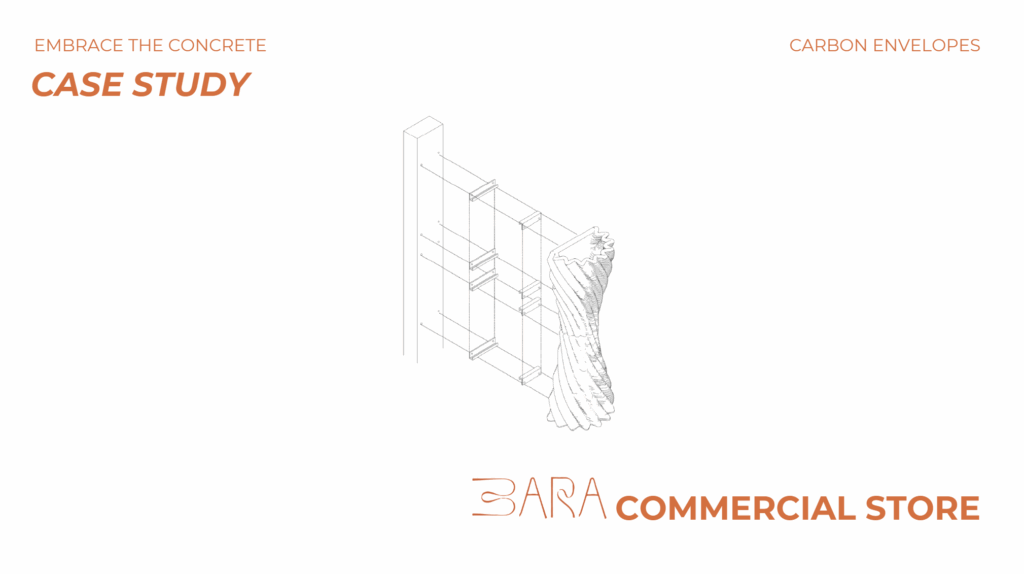
Residence
The Low-Carbon Residential case study applies the BARA system to a single-family home, showcasing how performance, comfort, and climate responsibility can be achieved.
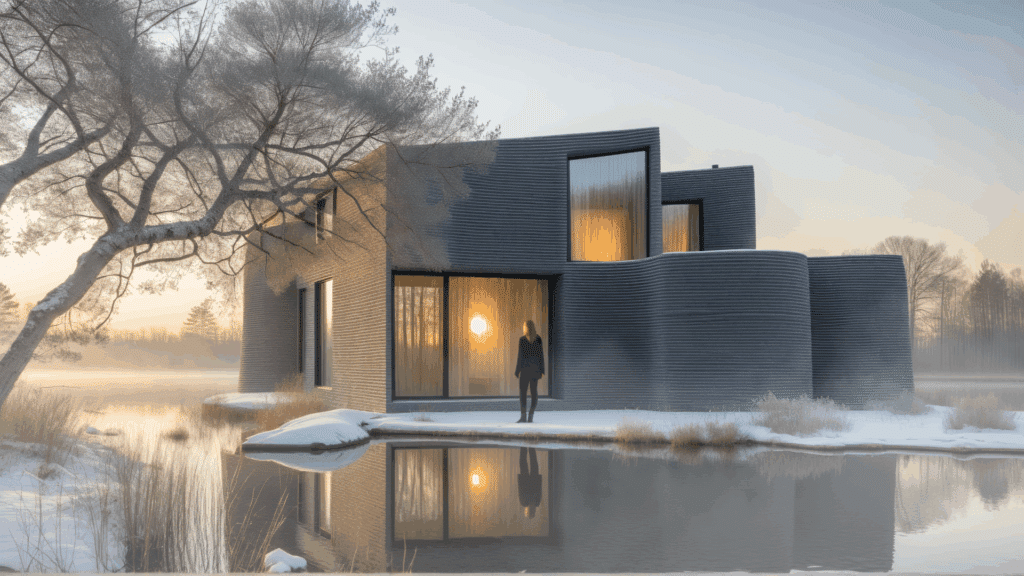
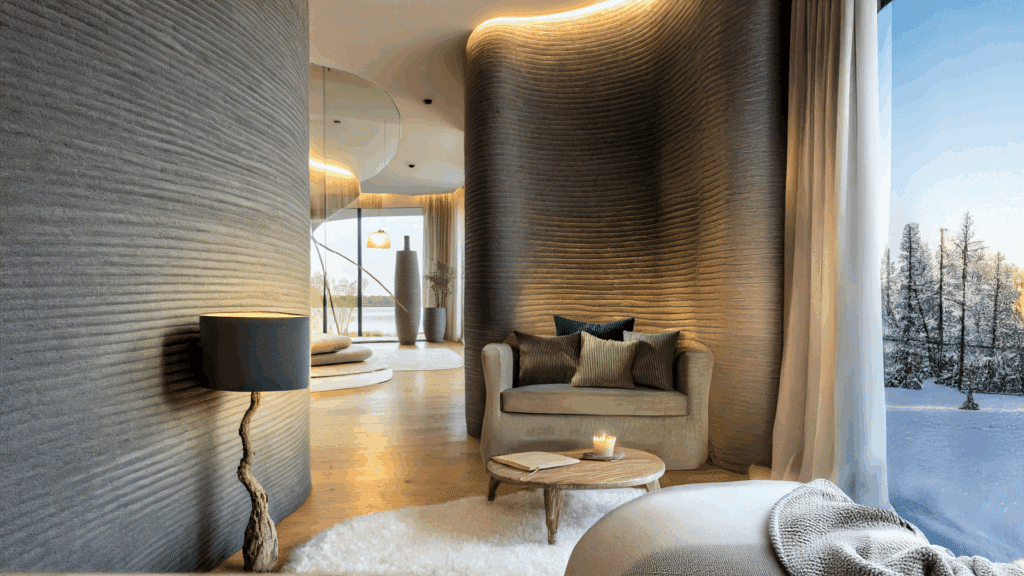
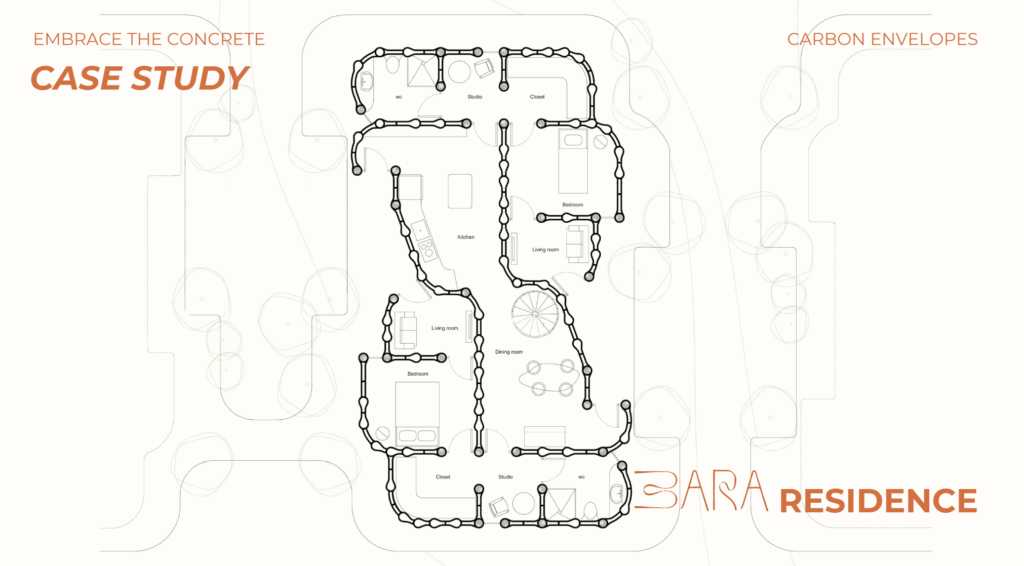
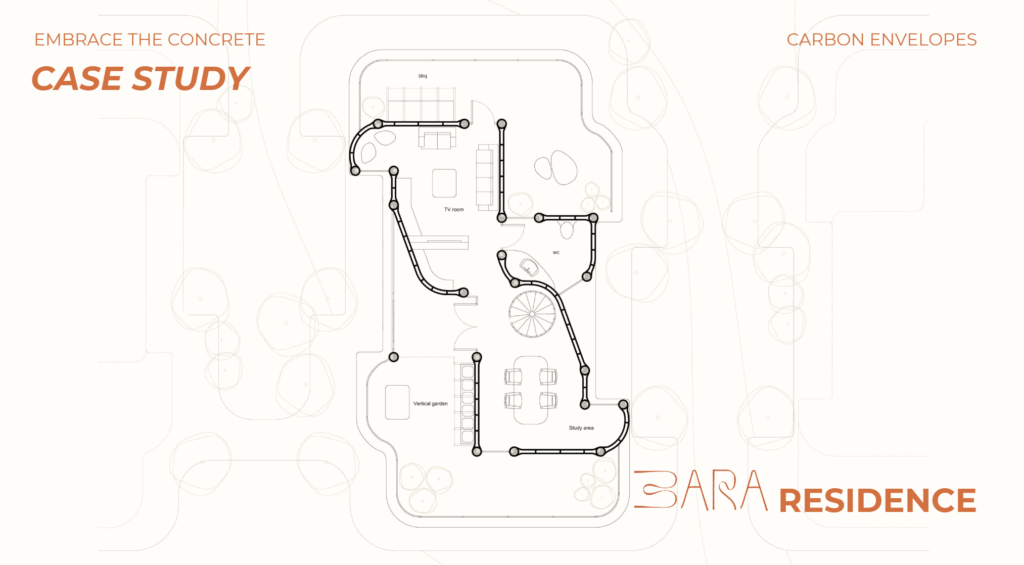
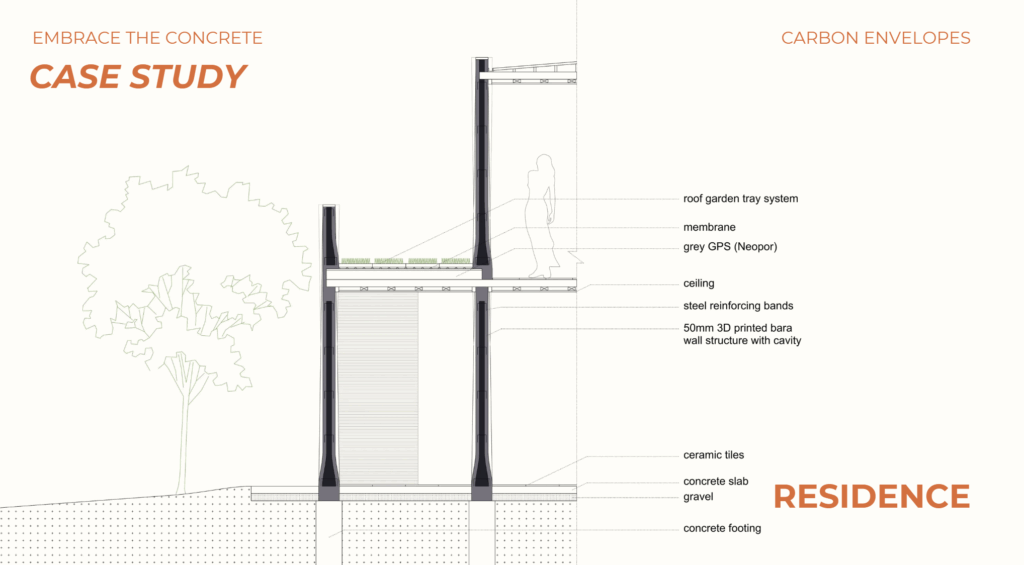
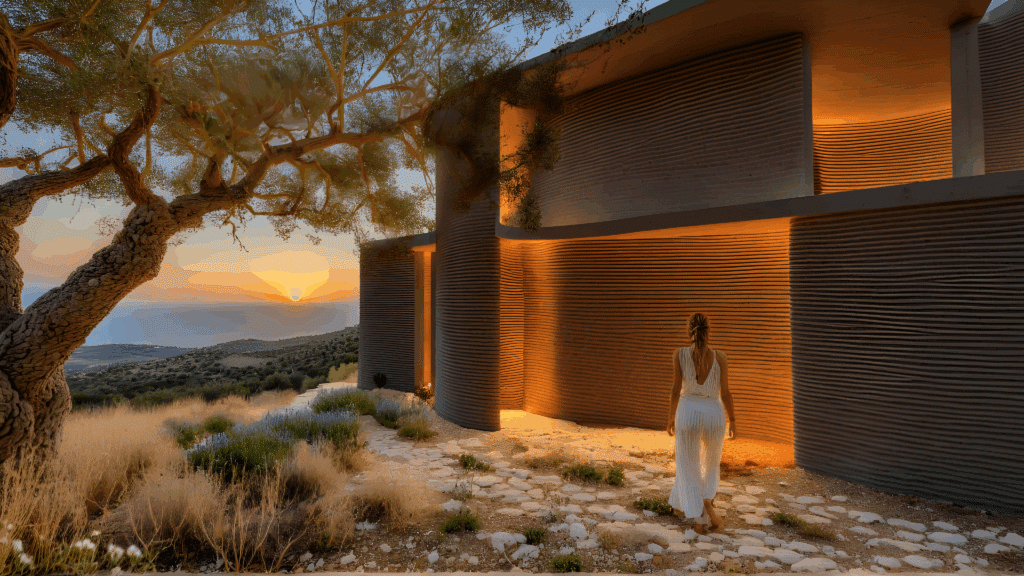
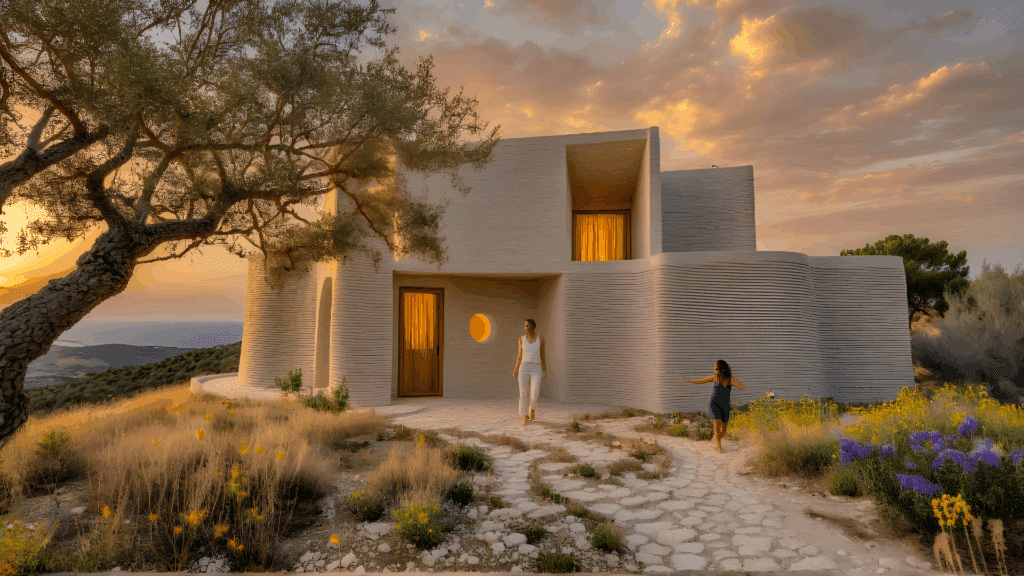
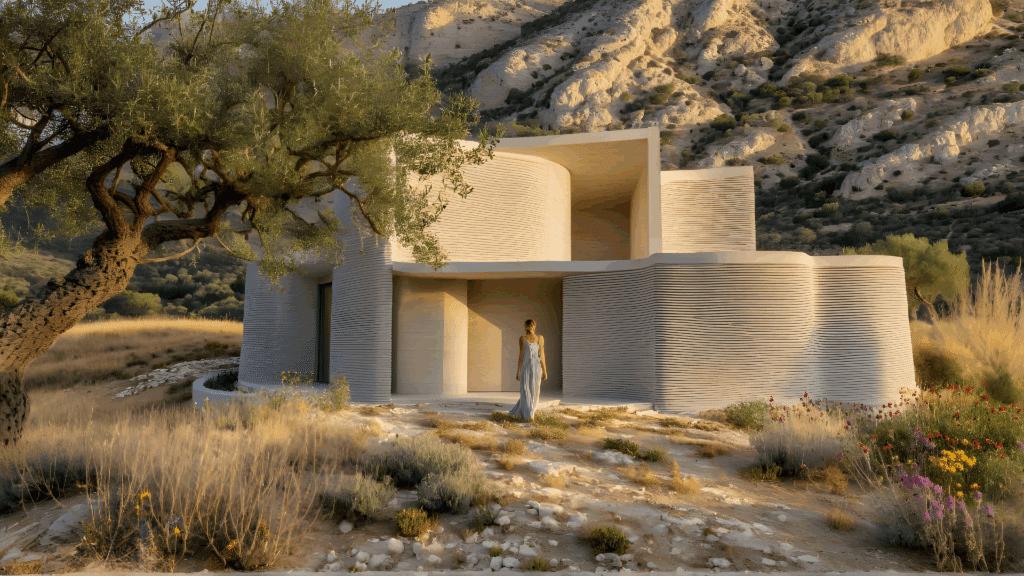
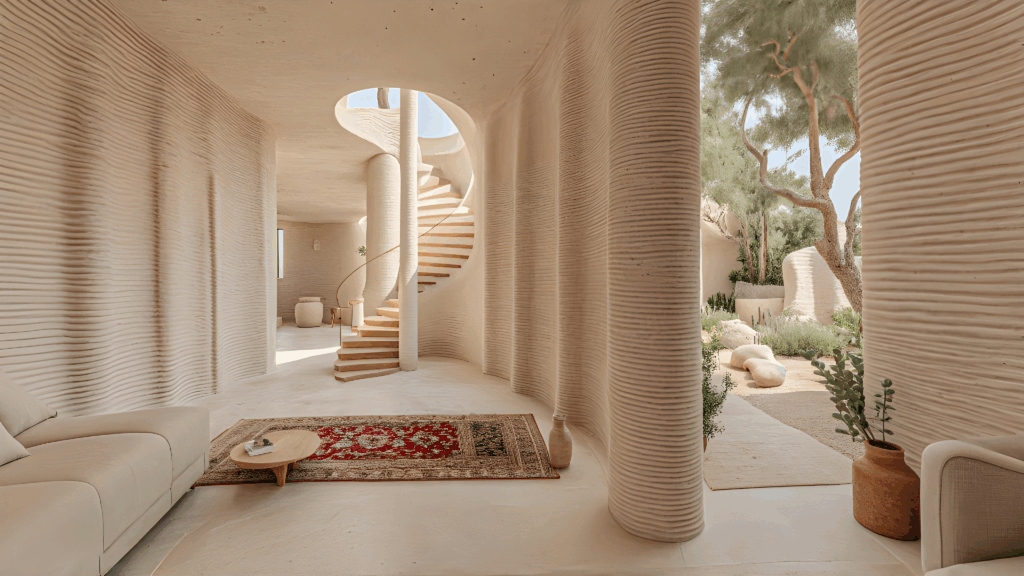
In BARA’s life cycle, we use locally sourced wood to produce biochar. By printing on site we minimaze material waste, and, at the end of the product’s life, its demolition is reused as aggregate for new BARA buildings.
